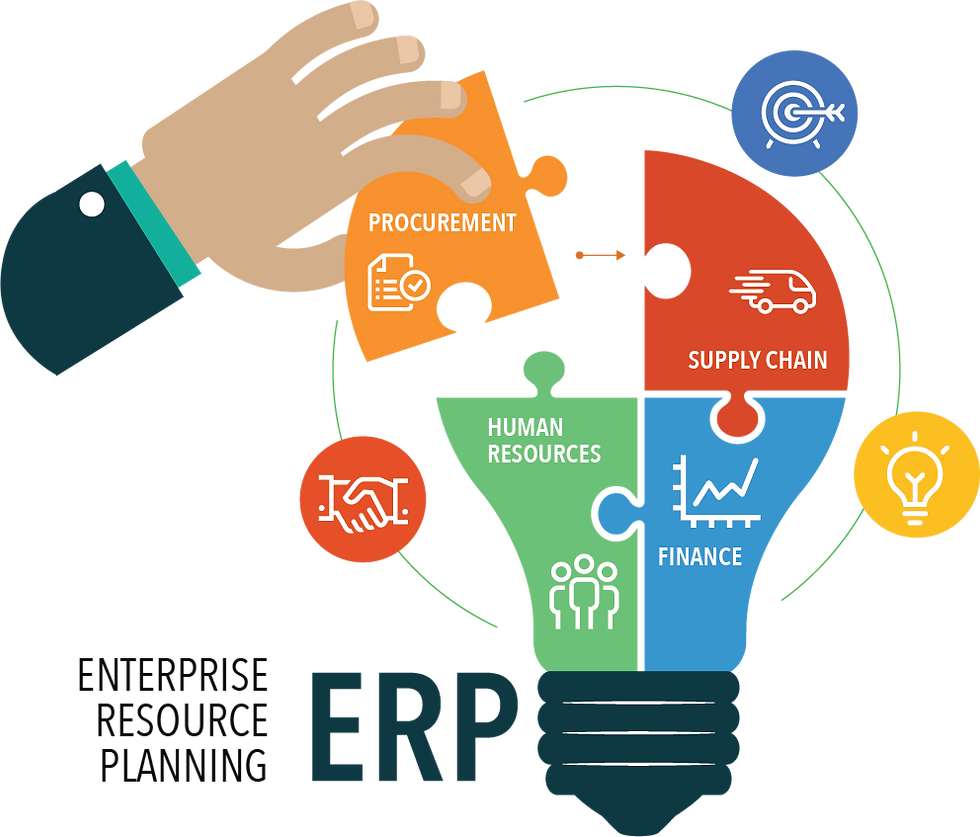Streamlining Library Resources: How an Online Library Management System
- solutionscakiweb
- Nov 17, 2023
- 2 min read
Libraries serve as repositories of diverse information, housing an extensive range of media, from traditional books and periodicals to digital assets like reports, CDs, and even specialized equipment. Managing this multifaceted collection requires precision, organization, and accessibility. In today's digital age, an Online Library Management System (LMS) emerges as a beacon, seamlessly handling this spectrum of resources.
The Comprehensive Scope of Media in Modern Libraries
The modern library is far more than a collection of dusty tomes. It encompasses a vast array of media types:
Books: Spanning various genres, languages, and formats.
CDs and DVDs: Including music, films, educational content, and software.
Reports and Journals: Academic papers, research reports, periodicals, and scholarly articles.
Digital Resources: E-books, audiobooks, e-journals, and online databases.
Specialized Equipment: Such as scientific instruments, audiovisual gear, or technological tools.
Challenges in Managing Diverse Media Types
Each type of media comes with its unique challenges in management:
Cataloging Complexity: Different cataloging methods and systems are required for books, CDs, reports, and equipment.
Tracking and Maintenance: Ensuring the proper circulation, maintenance, and timely returns of diverse media.
Accessibility: Making all types of media equally accessible to users, whether physically or digitally.
Resource Optimization: Efficiently utilizing resources, preventing duplication, and ensuring maximum utilization.
The Role of an Online Library Management System (LMS)
An Online Library Management System is a comprehensive tool designed to address these challenges efficiently:
Unified Cataloging: The LMS offers a unified platform for cataloging various media types, simplifying the process of entry and ensuring standardized categorization.
Item Tracking: Efficient tracking mechanisms monitor the borrowing, returning, and status of diverse resources, streamlining inventory management.
Accessibility and User Interface: User-friendly interfaces facilitate easy access to different media types, whether physical or digital, fostering a seamless user experience.
Resource Optimization: The system helps in optimizing resource allocation, avoiding duplications, and ensuring maximum utilization of diverse media assets.
Maintenance and Alerts: It assists in scheduling maintenance for equipment, sending alerts for overdue items, and managing reservations.
Key Features Enhancing Efficiency in Handling Varied Media
Multi-format Compatibility: Supporting various file formats and media types for streamlined management.
Customizable Cataloging: Allowing customized fields for different media types for detailed and accurate cataloging.
User Permissions and Restrictions: Granting access based on user roles and setting restrictions for certain media types or equipment.
Integration Capabilities: Integration with other systems or databases for enriched data and seamless resource access.
Conclusion
In the intricate ecosystem of a modern library, an Online Library Management System acts as the linchpin, efficiently managing the diverse array of media types. By offering streamlined cataloging, tracking, accessibility, and resource optimization, an LMS significantly enhances the functionality and user experience, ensuring that libraries continue to evolve as vibrant centers of knowledge in the digital era. As technology advances and libraries continue to expand their collections, the adaptability and efficiency of an Online Library Management System will remain indispensable in managing this diverse and dynamic array of media.




Comments